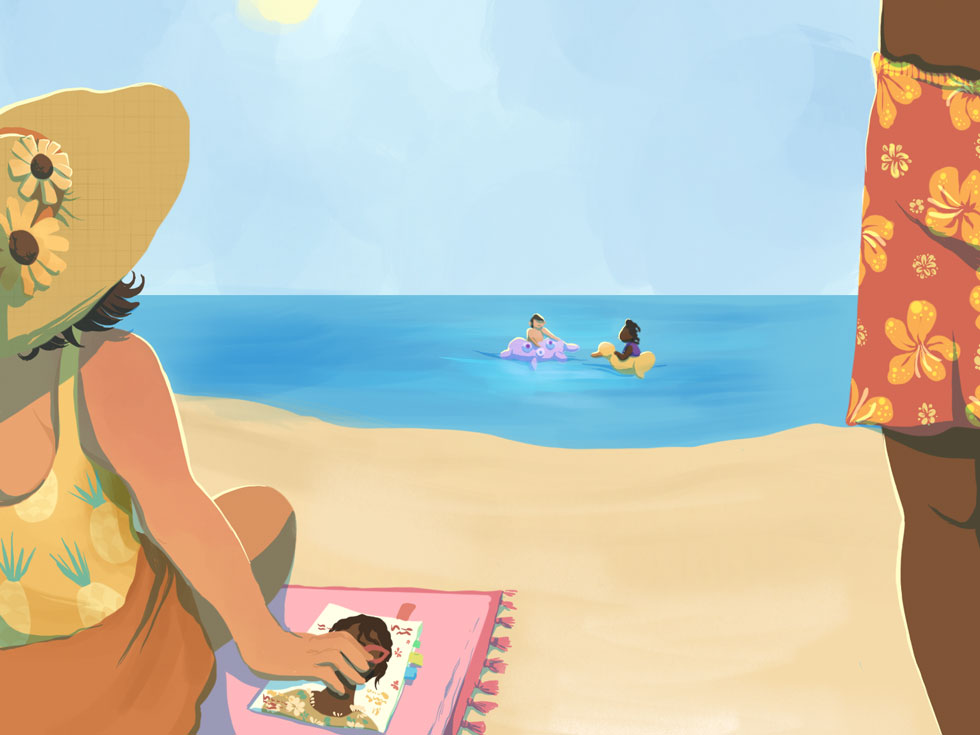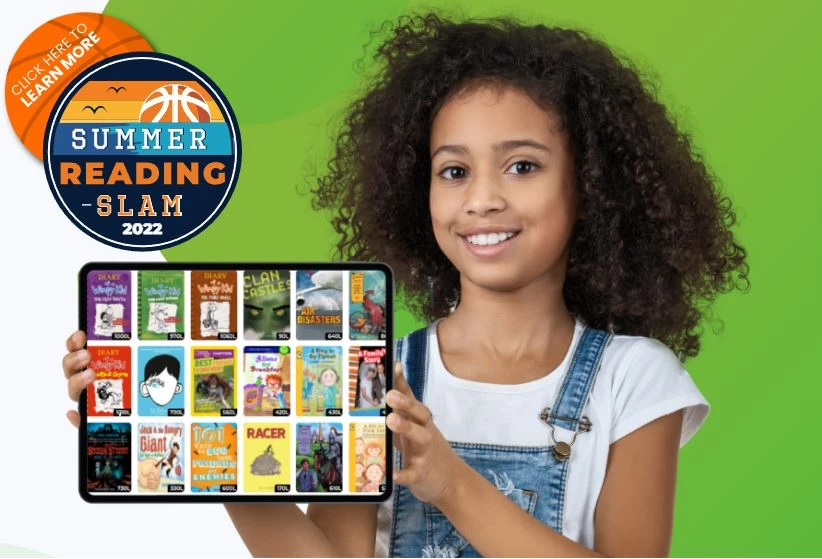

at·ro·phy ˈatrəfē/ verb: (of body tissue or an organ) waste away, typically due to the degeneration of cells. Without exercise, the muscles will atrophy.
When I was in third grade I fractured my knee skiing. Back then – in the early 80’s – a broken bone meant a full-length cast from the tips of my toes to the top of my thigh for six full weeks. Of all my memories from that time, the look and feel of my leg when the cast came off is what I remember most. My already-skinny leg was even thinner, the skin was peeling off as if from a sunburn, and the muscles in the leg were so weak I limped for several days. I couldn’t believe the transformation of my body, and how the disuse of my leg had so completely transformed it into a less functional version of its former self.
Having worked in and with schools now for over 20 years, I have heard many educators lament the atrophy of the brain that sometimes occurs over the summer, euphemistically called “summer slide” (learn more about summer slide and how to combat its effects here). It’s not that summer can’t be an enriching and fulfilling time for many kids – or that kids don’t need a break from the day to day grind of the school year – it’s just that for some, the long vacation becomes a sort-of hibernation. When some kids “wake up” after the summer off, they come back to school a bit fuzzier– math skills often require weeks and even months of refreshing, hands need to build back their strength for writing and typing, and reading levels sometimes are lower in September than they were in June. For all these reasons many schools now assign summer practice packets, and educational enrichment programs have cropped up across the country to keep kids sharp and moving forward.
Though the competition is tough – the days are long for extended play, the ice-cream man’s jingle serves as a counterpoint to the school’s institutional bells, and exhaustion from heat and activity make it even harder to settle into brain activity – there is a lot we could do to keep kids reading throughout the summer, and to slow the atrophy that sometimes sets in during the long, hot summer:
1) Maintain Routines (or start new ones!): In some homes, kids and families keep to a “read before bed” routine during the school year. Not only is this a good way keep kids reading, but it’s a great way to quiet the mind before going to bed. Depending on the age and temperament of your child, you might be able to maintain this through the summer. But July and August days can be long and exhaustion often gets the best of kids…in which case, make the most of the morning. For my daughter – going on ten – mornings can be the most productive. The summer’s late sunsets, heat and activity make evenings less productive for us, but in the morning she is fresh and ready to read after breakfast and before the day begins. This year we will move our evening reading routine to the morning so she could keep up the habit and explore new authors and genres.
2) Magazines, Comic Books and Blogs: I remember getting a subscription to Sports Illustrated when I was 14, and discovering the joy of short form articles and reading about my interests. It’s why I allow my son to subscribe to his favorite skateboard magazine, and why we used to get Children’s National Geographic. Summer is a great time to explore interests and help kids connect reading to their passions.
3) Local Libraries: Last summer I walked into my local library and saw hundreds of colorful mobiles hanging from the ceiling. The librarian explained that kids were adding decorations to their mobiles every time they finished a book. Most local libraries have incentive programs to keep interest in reading high, and I have yet to meet a librarian who won’t go out of her way to help match the right book to a kid. If you want to go it alone and find an appropriate book for your child or teenager, check out this handy dandy reading list recommended by the American Library Association. So if your library membership has lapsed, go back…it’s free!
4) Read to a Friend: Little ones in school often read in partnerships – a great way to bring reading into the social realm (think of it as a precursor to book clubs). Over the summer, have young readers read with a friend or a younger sibling. You know who else loves being read to? Pets! Seriously, young readers love reading to dogs, cats, guinea pigs and any other animal that could sit still for a moment, and there’s plenty of research showing the benefit! Don’t have a pet? Stuffed animals are a great substitute, and they make terrific listeners!
5) Road Trip! Many families will hit the road for long weekends and vacations over the summer. If you don’t believe me, meet me on I-95 on the Friday before July 4th weekend. Bring some reading material, or better yet, have some audio books on hand for everyone to enjoy together. Here and here are great recommendations for family-friendly audiobooks – should be able to find something there for everyone to enjoy!
6) Make the Most of that Tablet: There are only so many rounds of (insert mindless iPad game here) that one could play, and helping kids realize that their tablet is also a virtual library can be a real eye opener. In a lot of ways, digital reading could enhance the experience for kids. It’s easy to carry multiple books at once, providing them with various options, and the features built into Kindle, iBooks or school-based digital literacy apps like LightSail allow the reader to interact and engage with their books on a deeper level, thus increasing comprehension. If your child used LightSail in school this year, help them keep the literacy train on the tracks straight through the summer months – celebrate Lexile growth, review new vocabulary on the Word Wall, and talk about new genres discovered (and badges earned)!
7) Little Libraries: Around the corner from my house is an old shaved off tree that’s been put to good use. My ingenuitive neighbors decided to turn their sad, decapitated tree into a gift for neighbors big and small. My kids and I have found books at the “tree library,’ and we sometimes share some of our favorites there for others to enjoy. To find a Little Library near you, use this map. And, if you feel so inspired, pay it forward and start a Little Library of your own as a summer project!
So while summer is a great time to run and play in the free outdoors, make sure you and your kids are taking periodic breaks to exercise your brains as well. Find a nice shady tree, or a well air-conditioned nook, and make the most of the long days ahead. Before you know it the new school year will begin anew, and our bodies and brains should be ready to go.
Mitch Center has spent the past 20 years working in a variety of roles and capacities in the field of education, in both district and charter schools. He began his career in the field as an AmeriCorps Volunteer in 1996, and worked as a teacher, camp director, VP, principal and coach before joining Newark Public Schools as Assistant Superintendent in 2012. In this role, he coached and supported 14 school leaders who lead K-8 schools across the city of Newark, New Jersey. As a father of school age kids, and as someone who has visited hundreds of classrooms and schools, he believes deeply that all great schools have one thing in common: outstanding adults who make magic for the kids they serve.
Posted on 6.Jun.17 in Literacy Strategies




